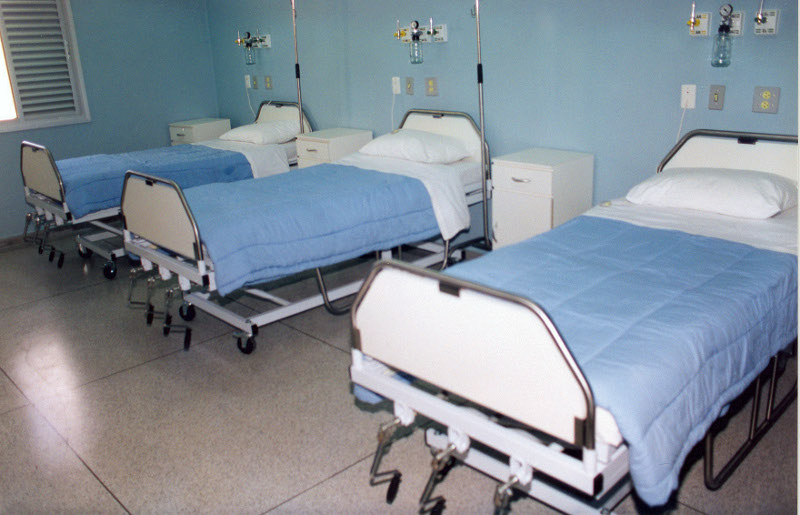 The report, “Understanding the Role of Health Care Facility Design in the Acquisition and Prevention of HAIs,” was prepared by the Georgia Institute of Technology and Emory University School of Medicine in Atlanta. The report presents a review of the literature on facility design’s impact on infection control and prevention and summarizes interviews with healthcare design and infection control stakeholders.
The report, “Understanding the Role of Health Care Facility Design in the Acquisition and Prevention of HAIs,” was prepared by the Georgia Institute of Technology and Emory University School of Medicine in Atlanta. The report presents a review of the literature on facility design’s impact on infection control and prevention and summarizes interviews with healthcare design and infection control stakeholders.
Sign up for our FREE E-Weekly for more coverage like this sent to your inbox!
Contact
Contact, between people or between people and the environment, is the main method of transmission of organisms in healthcare settings, according to the report. Surface materials like copper and new technologies like ultraviolet germicidal irradiation and hydrogen peroxide vapor have evidence for reducing organisms on surfaces. However, the effect of these interventions on infection risk is less clear, the authors wrote.
Spatial separation, such as private rooms, and the placement of design features like hand rub dispensers also play a role in reducing the transmission of organisms through contact. For example, placing hand rub dispensers in visible and strategic locations may increase hand hygiene compliance, and not using carpets may lower the risk of infection.
Air
A healthcare facility’s ventilation system affects infection risk as well. Ultraviolet germicidal irradiation eliminates harmful bacteria and can help increase the efficiency of high efficiency particulate filters, which remove nearly 100 percent of particles in the air, according to the report.
Water
Healthcare leaders can reduce waterborne pathogens through several mechanisms, including chlorination, copper silver ionization, ultraviolet germicidal irradiation and point-of-use filters, each of which has costs and benefits. Sink and faucet design and placement can also affect the amount of waterborne pathogens. Some electronic faucets, for example, may be predisposed to bacterial growth, according to the report.
4 findings
The authors made four conclusions based on their literature review:
1. Poor design and suboptimal maintenance of the built environment can increase the risk of transmission of pathogens and can lead to outbreaks.
2. Even with contemporary design and maintenance, the built environment contributes to some transmission events within hospitals.
3. Novel and best-practice technologies, materials and design strategies may directly decrease the risk of transmission of pathogens by decreasing the burden of microorganisms in the environment.
4. Optimal design may indirectly decrease the development of HAIs by influencing human behaviors to decrease person-to-person transmission.
They note that more research on the relationship between facility design and HAIs is needed.
More Articles on Facility Design and Infection Control:
16 Features of a Safe Patient Room
9 Key Facility Design Considerations for Patient Safety
5 ‘Cs’ for Addressing Infection Control in Design & Construction
